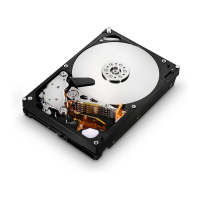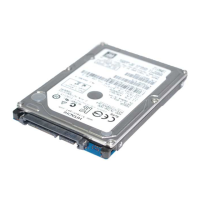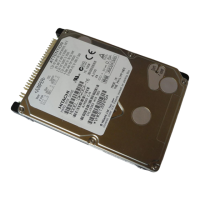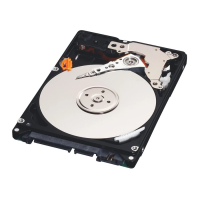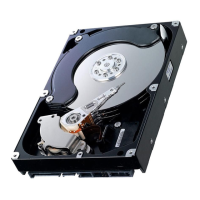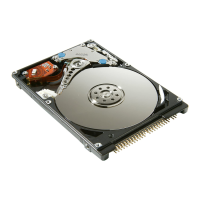Figure C-19 Installing and Uninstalling the Anti-Tip Stabilizing Plate on
page C-35 shows an example of how to install the side stabilizer plates.
See the example of Installing the Side Stabilizer Plates.
• Install anti-tip stabilizing plates at the bottom left and right sides to
increases rack stability.
• If extending equipment out of the rack, extend only one tray at a time.
Extending two or more trays at a time may cause the rack to become
unstable and possibly fall.
• Always use common sense and safety precautions.
Component weight and location
The Hitachi racks allow many components to be mounted. The weight and
location of the components in the rack must be planned to ensure that the
center of mass is as much as possible below the mid-point of the rack. To
reduce the risk of danger to persons or equipment, follow the safety
guidelines and stabilize the rack as described in this manual.
Note: For single (stand-alone) racks, be sure the rack is level and has been
stabilized before installing components. If an unstable rack is loaded with
components, it may become unbalanced and tip over.
Start mounting hardware from the bottom of the rack. If the hardware is
mounted at the top of the rack, the rack may become unstable and fall. The
location of the HUS VM controller and drive trays, along with the layout of
your equipment rack and its wiring, are extremely important for proper
system operation. Equipment placed too closely together can cause
inadequate ventilation and inaccessible panels. These can cause system
malfunctions and shutdowns, and can make system maintenance difficult.
Caution: If a controller or drive tray falls, it can cause personal injury. When
lifting a unit, be sure you have at least two people, and up to 4 people and a
mechanical lift device, depending on the weight of the storage unit being
installed. Controller and drive tray positioning, fastening, or other handling
should be performed very carefully.
• Fully configured HUS VM base and drive trays can weigh hundreds of
pounds (see Floor load ratings on page 3-6). Ensure that all surfaces over
which this system will travel can withstand this load.
• Enclosed racks must have adequate ventilation. Be sure not to block the
air vents on the front and back of the HUS VM base and drive trays. The
direction of airflow is front/input to rear/output.
• When mounting a chassis in an open rack, ensure that the rack frame
does not block the airflow from either the intake or the exhaust ports. If
the chassis is installed on slides, check the position of the chassis when it
is seated all the way in the rack.
• In an enclosed rack with a ventilation fan in the top, excessive heat
generated by equipment near the bottom of the rack can be drawn
upward and into the intake ports of the equipment above it in the rack.
Ensure that you provide adequate ventilation for equipment at the bottom
of the rack.
Rack information
C-17
Hitachi Unified Storage VM Block Module Hardware User Guide

